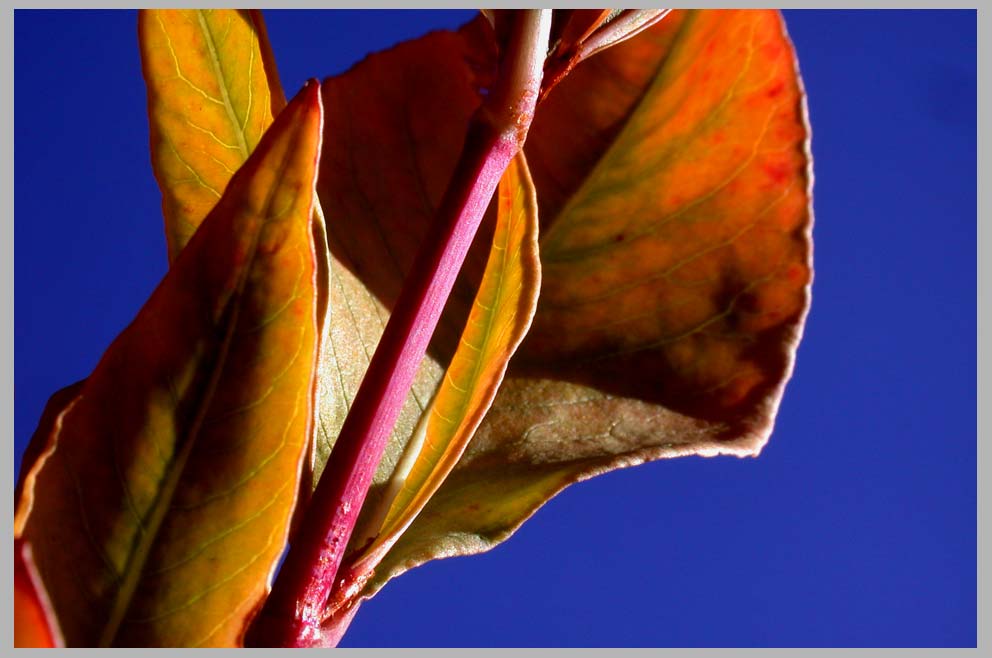
Alpine Fleeceflower—close-up (Polygonum phytolaccaefolium)

Alpine Fleeceflower—close-up (Polygonum phytolaccaefolium)
Member of the Buckwheat family——notice the knot-like swellings
giving the clan its other somewhat less charming common name,
Knotweed——after the first frost of highcountry autumn, the entire
plant loses its moisture, becomes paper-like in texture, and then
turns a stunning fiery orange to rusty red. With parboiling and
stirfying, much like, say, Burdock, the finger-thick roots
of Fleeceflower are not only edible but in my opinion a real
delicacy. If there is one plant to know in the Wallowas come
fall, this is it!
Eagle Cap Wilderness . . .
Here's is an autumn quartet of Alpine Fleeceflower images growing
 |
 |
Fleeceflower at Pop Creek Pass |
 |
Horesemen Crossing Fleeceflower Meadow |
 |
Fleeceflower At Glacier Lake |
ON FREEDOM'S NECESSARY BALANCE
Freedom, it seems to me, is always a question of balance
between freedom to, on the one hand, and freedom from,
on the other.
I might feel that I should be free to mine for gold upstream
from your homestead. You, in contrast, may feel equally
strongly the right to be free from the danger of the cyanide
from my leech ponds getting into your drinking water.
Clearly, the task of the rule of law is protect both freedoms,
carefully weighing the pros and cons in each case in an
ongoing way. Balance between the two freedoms is not a
fixed state, but more akin to keeping a bike upright as the
rider shifts his or her weight, now to the left, now to the right
away from the direction of the fall.
Notice, too, that freedom so balanced is always ethical
freedom. That is, it is freedom that is necessarily mindful
of the myriad potential negative consequences of actions
undertaken by free agents as they reverberate throughout
the wider community, or the human-plus-natural-environment,
as a whole.
Camp Lost & Found,
Eagle Cap Wilderness,
Oregon, IX.15.2008